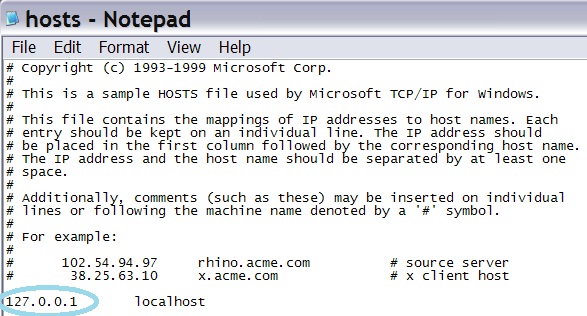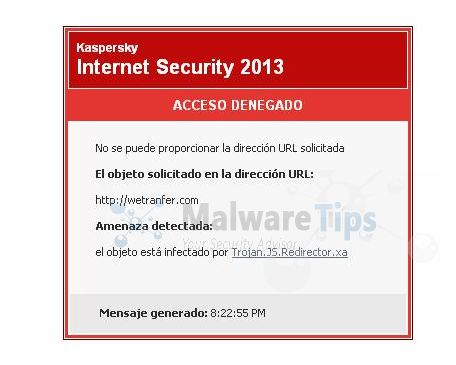
Otherwise the website will be contacted over HTTP. There are several reasons to use URL redirection:Ī website may potentially be accessible over both a secure HTTPS URI scheme and plain HTTP (an insecure URI beginning with " If a user types in a URI or clicks on a link that refers to the insecure variant, the browser will automatically redirect to the secure version in case the website is contained in the HSTS preload list shipped with the application or if the user had already visited the origin in the past.
#REDIRECTOR TROJAN FULL#
To read the full analysis, visit GreatHorn’s website. Our training help s prepare employees to recognize and take action against phishing emails, helping to keep your organization safe from these types of attacks. To p rotect your organization from these types of malicious attacks, try implementing Inspired eLearning’s security awareness training, the most effective and award-winning security awareness program in the industry. Additionally, GreatHorn’s Threat Research Intelligence Team identified attempts to deploy the Cryxos trojan on multiple browsers, including Chrome and Safari.”

Given this campaign’s breadth and highly targeted nature, the sophistication and complexity suggest that the attackers’ significant coordinated effort is underway. “The phishing webpages impersonate a Microsoft Office 365 login, using the Microsoft logo and requesting that users enter their password, verify their account, or sign-in.
#REDIRECTOR TROJAN INSTALL#
In addition to stealing a user’s credentials, the phishing webpages also contain JavaScript that install s malware on the victim’s computer. However, the URL path varies across individual messages, as part of a common tactic used to bypass simple blocking rules that prevent these messages from reaching users.” The phishing kit itself uses the same naming structure in nearly all cases: where *** represents the domain. Some employ redirects others point directly at the phishing kit pages. “The URLs in the phishing emails sent to users vary. GreatHorn notes the s imilarities across the malicious campaigns and, because of this, believes a single entity is behind these attacks: “Malicious links, delivered via phishing emails to regular users worldwide, are bypassing their email providers’ native security controls and slipping past nearly every legacy email security platform on the market.” “The Threat Intelligence Team described this campaign as a ‘comprehensive and multi-pronged attack,’ with multiple hosting services and web servers being used to host fraudulent Office 365 login pages,” the researchers write. This type of attack can fool both humans and technology and wreak havo c on organizations by slipping past security filters that struggle to flag the link as malicious.
#REDIRECTOR TROJAN PASSWORD#
The goal is to trick the victim into thinking that they mistyped their password and that they wouldn’t notice that their login information w as just stolen. After the victim re-enters their password it would be recorded on the backend by the attacker, and the victim would be redirected back to a valid website. From there, the attacker can steal a user ’s credentials by requesting they re-enter their login information. Once the user clicks the link, it then takes them to a fake website, mocked up to look like a legitimate site. When an open redirect is used in a phishing attack, the recipient of the bogus email gets an email that looks legitimate with a link that points to a correct domain.

The research team at GreatHorn released a notice regarding large-scale phishing campaigns that use open redirects to circumvent email security filters.


 0 kommentar(er)
0 kommentar(er)
